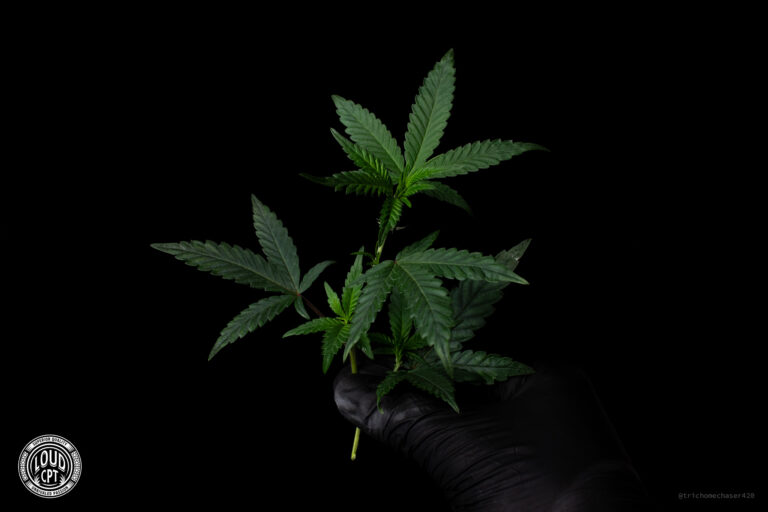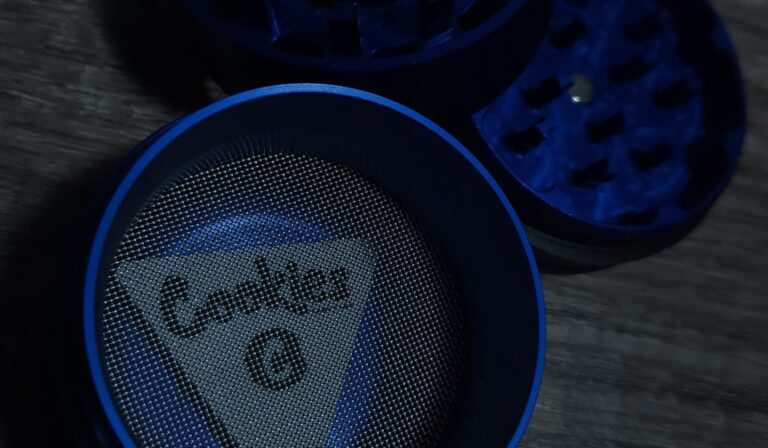A Deep Dive Into The World of Clone-Only Elites
Most growers and even a lot of smokers these days have built up a slightly more informed understanding of strains and lineages and how two different lineages with the same name can be a problem. But there still seems to be a fair gap in the knowledge around clone-only strains and, more often than not, what is referred to as ‘elites.’
In short, there are no specific criteria for what makes an elite, but rather the term tends to be given to a specific genotype of plant that a large number of people find value in. Because the term is subjective, it’s also a word that some growers will use in order to upsell their flowers or cuts. In most cases, clone-only elites only become ‘elites’ with time. When they first come around, they’re usually just seen as great plants, but as the cuttings become more spread, or as the word of the flowers grows, it can gather a bit of a cult (or mainstream) following.
Since elites can go for thousands of dollars a cut, there are often a lot of fakes around, with more fakes than the real thing usually circulating through growers’ hands. The challenging part is that it’s typically tough to know when one is being provided with a real or fake cut. The problem is the trickle-down effects that come with how cuts are shared. For instance, one grower could be given a mislabeled cut and then shares it as the plant they thought it was. That cut then gets shared and reshared with others, and the same situation continues to occur – sometimes even with further misinformation coming to fruition over time.
Finding Truth in a Sea of Misinformation
The only way to break out of this misinformation loop is to have someone along the line be educated enough to identify the cut. For instance, locally, there was an instance of a supposed Girl Scout Cookies (Forum Cut) going on sale as a clone-only elite through what is otherwise generally considered a reputable source, yet the pictures of the cut showed a plant that looked nothing like the Forum Cut in any way, shape or form. And one of the problems that contributed to a lot of people not picking up on this is that they themselves didn’t really know what to expect from the Forum Cut. Many are unaware that GSC exists in a few unique cuts that have unique identifiable traits and with some simple research through digging in some older international forum posts.
This didn’t seem to be a case of malicious marketing by the local company. Rather, they themselves were unaware of how to identify the Forum Cut. And that’s why education on the topic is the only way to ensure the market doesn’t fall for these common problems. While there are a lot of elite cuts out there, and with so many fake ones, how do you know where the truth lies? After all, sites like Leafly are often riddled with genetic inaccuracies, and it can be hard to find good information.
Without calling out breeders specifically, one just needs to look at a lot of the Dutch and Spanish breeders, and you’ll see that the names being used on many of their crosses are of clone-only elites, yet none of the progeny seems to express traits that align with the real deal. The reality for a lot of these more mainstream breeders is that money talks more than authenticity, and it’s something that many growers learn by themselves as they continue their journey into what is quite a complex situation.
Locating The Source
For the purpose of genetic research and identifying most elites, you’ll need to turn your attention to the United States. Almost all world-known elites have a background in America, and while there were certainly a lot more European select Hazes back in the day, think about when last you saw one of those used in a cross, compared to the Chems, OG, GSC, etc. Sure, there may be a few reputable sources still working with them, but for the most part, when we talk about elites, it’s primarily US-based cuts.
The most reliable way to get accurate information about clones is to find where they originated, and that’s where the fun comes in. The internet has brought the cannabis community a lot of value, especially in the last 10 years. Being able to hop online, find an early forum post of a specific cut, and chat directly with the original poster is often quite possible, and thanks to the love that so many growers express for the plant, many are more than willing to talk about genetics.
Unfortunately, a money-centric focus on cannabis has also created groups of individuals who will purposefully look to skew the truth or simply hide it – for the sake of retaining a monopoly on genetics. Some growers foolishly think that by revealing their lineage, they are giving away their secret recipe, but cannabis isn’t KFC, and just because you know the 11 herbs and spices doesn’t mean you’re going to get your hands on them. Even if one does express the exact lineage of a cross, unless two clone-only genotypes were used in the breeding, there is no way for another user to recreate the same strain because even if the strain is the same on both parent’s sides, the genotype and subsequent expressions will differ depending on who makes the selections that get used in that cross.
More recently, we’ve begun to see people like Matt Riot & Notsodog from Breeder’s Syndicate put a lot of time and energy into trying to unravel some of the mysteries behind the origins of some of the most well-known or classic strains. Heavy Daze from The Pot Cast is another online source who, over the years, through his podcast discussions with breeders, has dug deeper into the mysteries of particular cuts and helped not only unravel their stories but helped growers be able to identify specific traits around these cuts as discussed by the original finder or an early holder of these cuts.
Clone-Only Strains in South Africa
While what we have as South African differs from what came from the United States, there is even still rich local history around some specific cuts that have stuck around and been passed around for decades now. Cheese is a strain that saw a number of unique genotypes pop up. I use the term genotype because phenotype expressions can change based on environments, but the genotype refers specifically to the genetic makeup of that cut. For clarity – there are multiple popular clone-only Cheese cuts, especially here in South Africa where certain cuts were found in seed form and become widely spread and considered elite by local communities.
It’s also important to note that in South Africa, clones may become well-known in a smaller area and maybe not quite as recognized country-wide. The Boland area has seen a number of strains become quite popular in the last 5 years, with some even becoming recognized names countrywide. One of the more recent examples of this was the Hitler cut that initially became well-circulated down in the Cape but quickly became popular countrywide, with everyone and their grandmother looking to get hold of it. The cut became a hot debate regarding lineage, with some completely ‘out there’ stories about its genetic makeup.
In the end, when these cuts circulate in the black market, and the growers look to retain their safety – it can be difficult to get down to the bottom of the story. And when it comes to stories, the notorious Hitler cut has a lot of them, even down to alleged raids taking place in order to get the flower into the hands of some other powerful people. No matter where the truth lies, Hitler showed us that South Africa still has elites, and it’s usually a result of good genetics, good growth, and the work of skilled hustlers in the street that manage to get it to the point where it can be considered an elite.
The Perfect Storm
Two key ingredients usually create the birth of an elite.
Uniqueness
You’re not going to have a cut become an elite when it smells, tastes, and looks like everything else out there already. While there are certainly some marketing tactics where breeders will try to create hype and label a cut as an elite in order to sell it. When it happens organically, this is typically because that cut offers something special that the users haven’t experienced before.
Getting It In The Hands of The People
Even though the cut itself may never leave the grower who found it, it is essential that people get to smoke the strain. That’s why so many of the original American elites come from a story of someone selling bud. You could have the dankest cut possible, but if you’re the only one smoking it, it’s never going to get that drive that ends up creating the demand. People can only love what they’ve experienced. Otherwise, it’s just hype.
There have been dozens of growers and retailers in the United States who have tried to ‘fake the funk’ by trying to force an elite. Where even though some areas of the market may hold it in that regard. But historically, these types of cuts have stemmed from an organic interest.
In closing, clone-only elites can be complex and even confusing at times. There are contradictory stories, intentional deception at times, and even just a lack of education in others. The best way to protect yourself from those looking to take advantage of a strain name is to understand the cuts you’re growing. Listen to podcasts, know who to trust, and don’t let your love for specific breeders convince you to take their words at face value. Instead, follow the white rabbit.








If your willing to pay the price there are breeders here in the states willing to overnight cuts . Strainly is a great site to go on and find people . They are not cheap though. I’ve gotten bugs from clones in the past so be careful.